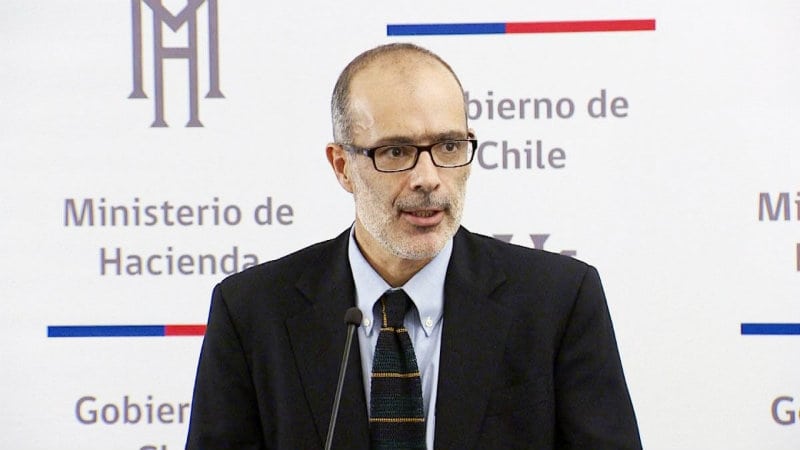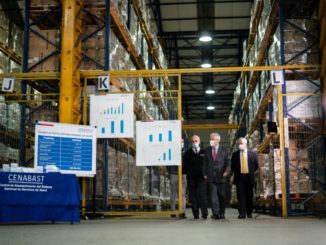
SANTIAGO – Chile’s government has cut its forecast for 2017 economic growth to 1.5% from 2.25%, Finance Minister Rodrigo Valdes has said, as the long-awaited recovery remains elusive.
In an annual speech to lawmakers in Santiago earlier this week, Valdes also lowered the Finance Ministry’s outlook for 2017 growth in domestic demand, a measure of household, business and government expenditures, to 2.5% from 2.8%. He said 12-month inflation would probably come to 2.8%, below the previous forecast of 3%.
One bright spot was copper, by far Chile’s most important export. Valdes said the Finance Ministry had raised its forecast of the average 2017 price to US$2.50 per pound from US$2.20.
Inflation in Chile has cooled significantly in recent months even as the central bank has cut the benchmark interest rate by 100 basis points this year alone.

Copper prices, meanwhile, have slowly begun recovering from multiyear lows. Demand has shown signs of picking up, and strikes and political disputes have tightened supplies of the metal.
That has yet to translate into significant GDP growth for Chile, which is suffering from poor consumer and business confidence and political uncertainty in an election year. Data for June also showed surprise deflation of 0.4%.
In effect the annual inflation in Chile decreased to 1.7% in June, the lowest reading since October 2013, from 2.6% in May.
It was the ninth consecutive month in which inflation was lower than the 3% target set by the Chilean central bank, said the National Statistics Institute (INE). On a monthly basis, Chile’s consumer price indexes receded 0.4% – the first deflation since December 2016. In May, the country had a monthly inflation of 0.1%.



